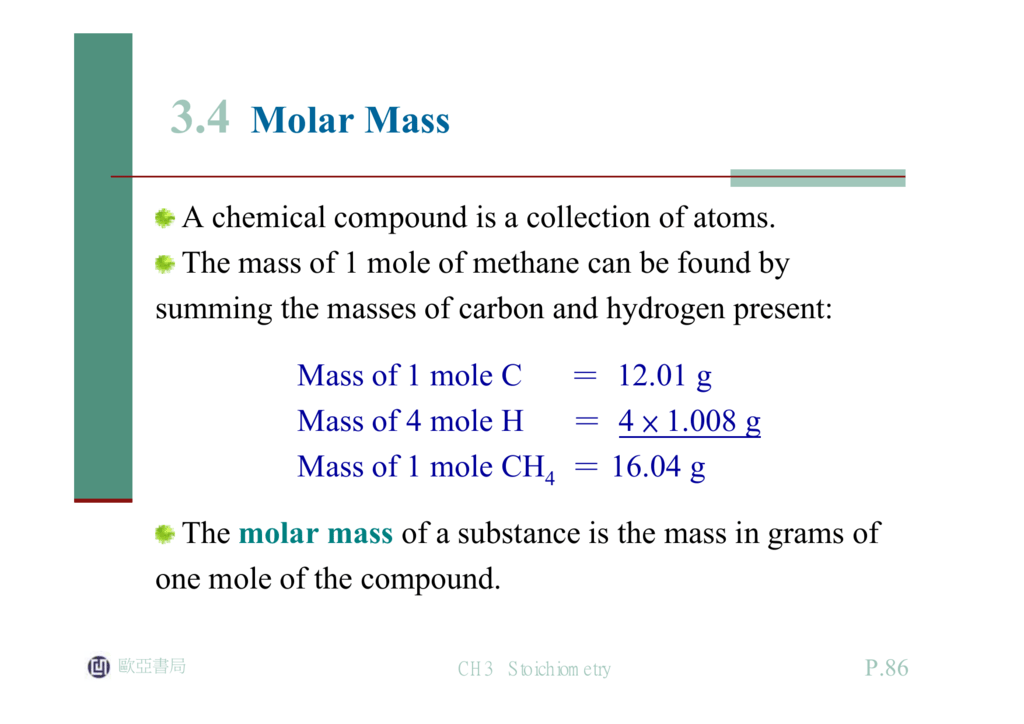
“The mole is the amount of substance of a system which contains as many elementary entities as there are atoms in 0.012 kilogram of carbon-12.” (14th CGPM, 1971) This may be contrasted with the present definition of the mole, which is: “The mole is the amount of substance of a system which corresponds to 6.022 141 79 x 10 23 elementary entities.” Mills and Milton have discussed further the specific example of fixing the Avogadro constant to define the mole, according to the definition: This view has the great advantage for metrologists of reducing the number of base units by one.Įxploring the development of this idea, Mills, Mohr, Quinn, Taylor, and Williams 4 presented a choice of four constants to be fixed similar to fixing the speed of light to define the metre: the Planck constant to define the kilogram, the elementary charge to define the ampere, the Boltzmann constant to define the kelvin, and the Avogadro constant to define the mole. For practical purposes, speed should keep its traditional unit. Let us underline that this is a metrology approach. If the second is chosen as a base unit, the length is expressed in s -1.

If the length is chosen as a base unit, the time is expressed in m -1. Now, considering the well-known formula λ= c/v, in which wave length λ is bound to frequency v through c, it appears that it is no longer necessary to define two base units, metre and second, if the speed of light is arbitrarily considered as a constant without a unit. Indeed, the speed of light is a fundamental constant of physics, the value of which is independent of the galilean referential in which it is measured it allows a clear definition for the unit of length. It has already been decided that c is a fixed value equal to 299 792 458 m s -1.

As an example, let us take the case of the speed of light c. Presently, discussions are in progress about this subject. 3 This suggests that we should think again about using base unit definitions based upon fundamental constants since it could result in fewer base units. Moreover, advances in modern physics led to fundamental constants known with a great accuracy. Although it provides a set of clearly defined units, this set is not very consistent. In the mean time, and independent of each other, base units and corresponding standards have been defined on a purely experimental basis. Later on, Johnstone-Stoney and Planck had a completely different view and recommended the use of fundamental constants of theoretical physics for defining units. Historically, the first standard for the metre was based upon the earth so that it was accessible to everyone at any time. Some of them require the help of another base unit: for instance, the time unit involves the length unit, the current unit involves the length unit, and the amount of substance unit involves the mass unit.

They are the length unit, the metre the time unit, the second the mass unit, the kilogram the current unit, the ampere the temperature unit, the Kelvin the amount of substance unit, the mole and the luminous intensity unit, the candela. The IUPAC Green Book 2 describes the seven base units and gives their definitions. 1 This matter is controversial and needs a careful examination. In a recent issue of Chemistry International, Ian Mills and Martin Milton suggested a new definition for the mole, one of the seven base units. What is a Mole?: Old Concepts and New continuedĪ Fixed Avogadro Constant or a Fixed Carbon-12 Molar Mass: Which One to Choose? Chemistry International - Newsmagazine for IUPAC


 0 kommentar(er)
0 kommentar(er)
